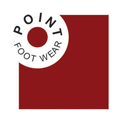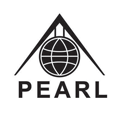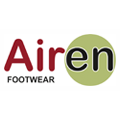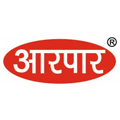5 Axis Laser Texturing: Advanced Surface Transformation
5-axis laser texturing, also known as five-axis laser engraving or surface texturing, is an advanced manufacturing method that uses lasers to create precise and intricate textures on the surfaces of three-dimensional objects.
Key Features of 5-Axis Laser Texturing:
- Multi-Directional Control: The term “five-axis” refers to the laser’s ability to move in five different directions—X, Y, Z (three linear directions) as well as rotating along the A and B axes. This flexibility allows the laser to reach difficult angles and positions, making it ideal for texturing curved, contoured, or complex surfaces.
- Wide Applications: Industries like automotive, aerospace, medical devices, and consumer electronics frequently use 5-axis laser texturing. The process not only enhances the appearance of components with decorative designs but also improves their functionality, such as enhancing friction or changing the way light reflects off a surface.
- Material Flexibility: This process works on various materials, including stainless steel, mild steel, aluminum, copper, and brass. The type of material determines the laser settings, such as power and speed, to achieve the best results.
- Digital Design Precision: Patterns and textures are designed using computer-aided design (CAD) software. This software calculates the exact movements and settings for the laser, ensuring the creation of accurate, three-dimensional textures.
- Process Control: Precise control of the laser’s speed, power, and focus is essential for consistent results. This control ensures uniform texture across the entire surface, making it critical for industries that rely on precision and quality.
- Benefits: 5-axis laser texturing offers many advantages. It allows for flexible design possibilities, avoids physical tool wear since there’s no contact with the material, minimizes heat damage, and can produce incredibly fine and detailed textures.
- Precision and Reproducibility: Laser texturing is highly accurate, making it easy to replicate exact designs. This is essential in industries where consistent quality is a must.
At Jai Ambay Etching Process, we lead the way in surface transformation by combining 5-axis laser texturing with 3D laser engraving and metal chemical etching. Our processes are ideal for industries that demand high precision and unique surface finishes.
3D Laser Engraving: Creating Complex Designs with Light
One of the most exciting aspects of our work is 3D laser engraving. This method allows us to create intricate patterns and textures on curved or uneven surfaces by moving the laser along multiple axes. This creates new opportunities for artistic expression and design on materials like metal, plastic, and ceramics.
Laser Engraving: Precision and Personalization
Laser engraving, which uses a focused laser beam to remove material and leave a mark, is an essential part of our process. In a 5-axis setup, laser engraving becomes even more precise, allowing for complex designs with micron-level detail. The non-contact nature of the process makes it ideal for delicate materials and detailed engravings.
Metal Chemical Etching: Merging Chemistry and Art
We take surface transformation to the next level by combining laser technology with metal chemical etching. This method uses chemicals to remove metal, adding depth and texture that traditional machining cannot achieve. By blending both techniques, we create unique and intricate designs.
At Jai Ambay Etching Process, we go beyond surface standards. From aerospace to automotive, our 5-axis laser texturing, 3D engraving, and metal chemical etching offer innovative solutions that enhance both functionality and beauty.










